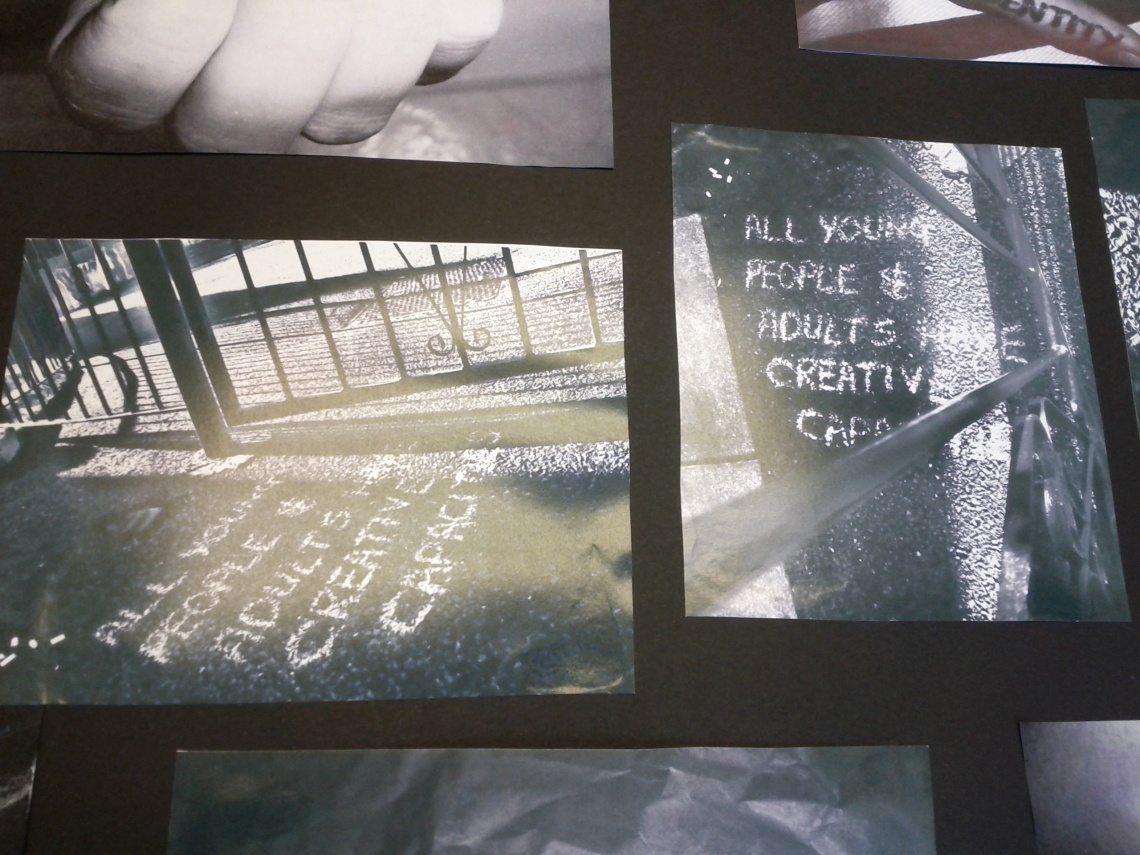Phil Bowen gave me this poem, written by a ten-year-old girl, in 1998 to illustrate a writing game he submitted for The Poetry Book for Primary Schools. We called his exercise ‘Under the Heart of the Sun’.
Phil’s idea was based on the concluding poem of Simon Armitage’s Cloudcuckooland, the one beginning ‘under the bullet hole of the moon’. Taking suggestions from children, he draws up lists of words in three columns on the board.
First he collects images from the classroom environment: desks, waste paper baskets, computer screens, Viking posters etc. Next he takes ‘big picture’ words and phrases: images from nature and the world: the solar system, planets, oceans, names of rivers, mountain ranges and so on. Finally he makes a list of prepositions, formal ones to start with (next to, underneath, alongside, below, inside etc.), then more idiomatic ones such as next door to, around the corner from etc.
The fun starts when you start blending these together to make new and extraordinary metaphors which may (or may not) make sense:
Behind the Viking ship of the clouds
Next to the dustbin of the sky
Inside the ripped poster of the rain
Behind the stop sign of the night
The resulting poems do not need to make narrative or linear sense. The purpose of the exercise is to see where the language takes you. It hasn’t got to tell a story.
To illustrate his idea Phil sent me the poem below. Whenever I read it to teachers and children, they always look puzzled. But they also say how much they love its final line. We would love to scribble with delight as well, they say.
And I tell them that they can.
Underneath the mathematics of time
was a theatre
around the corner from the ballerina statues
where the gradients covered India
next door to the flowers
who danced with the drill
where the Impressionists used spiky yellow art
where the language of education sat scribbling with delight
By Anonymous
Artwork: Kate Hingston

Have you been away? Your absence or at least your less frequent blogs has worried me. I so look forward to each of them – I’ve missed you.
LikeLike
Hi there. How nice to be missed! Not away exactly, more buried in work. As ever with thanks Anthony �
>________________________________
LikeLike
Lovely. I remember using a similar exercise on a counselling course many years ago given to us by the late Peter Redgrove. It produced so much fertile “stuff” and was hugely enjoyable too.
LikeLike